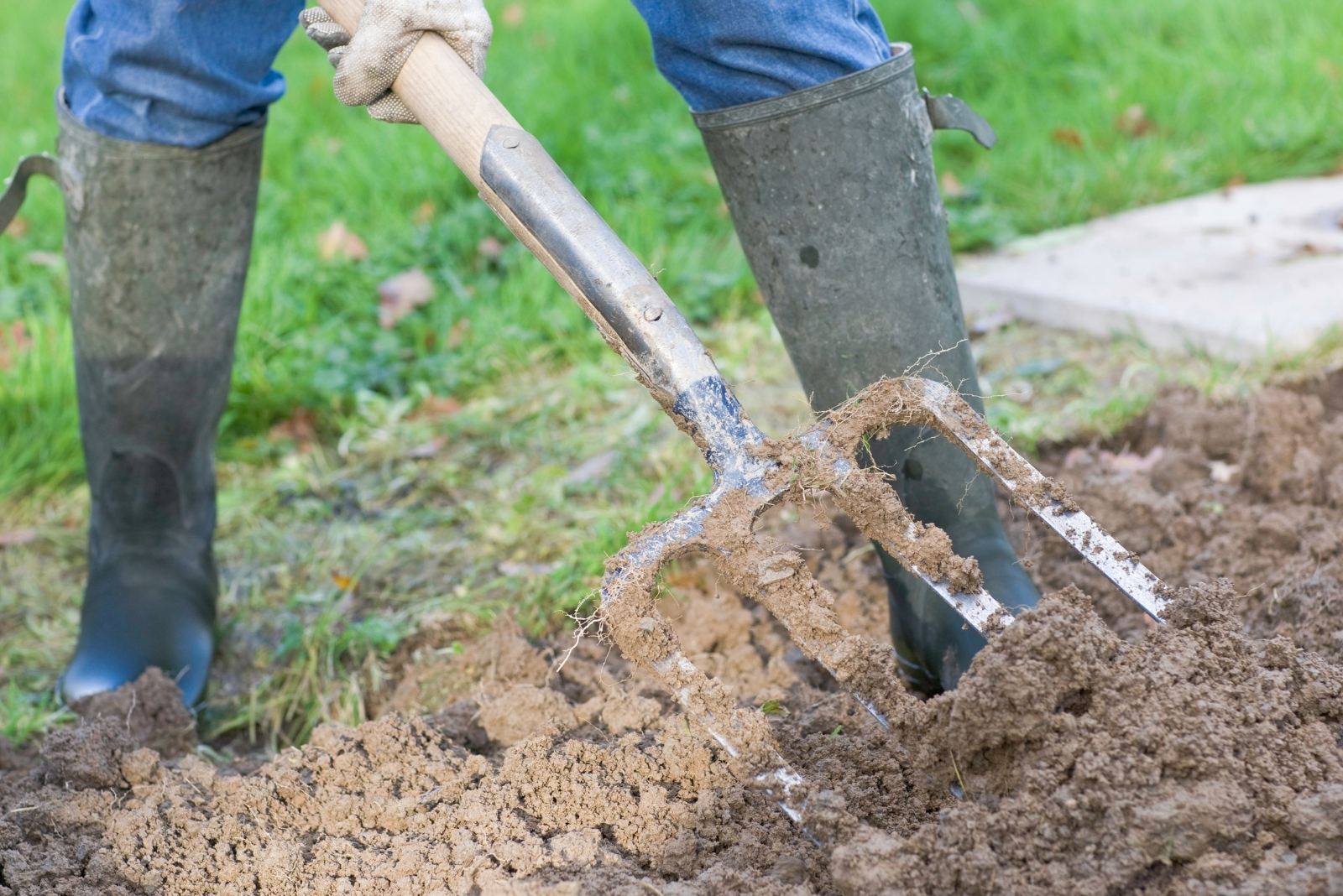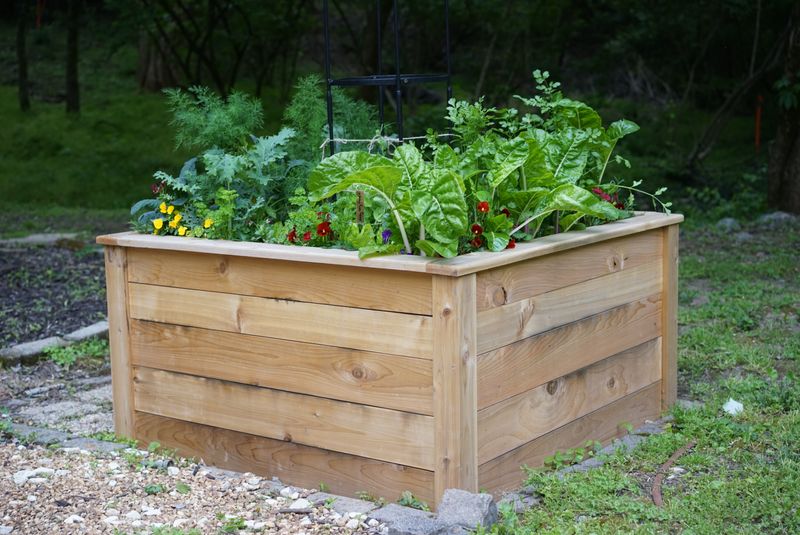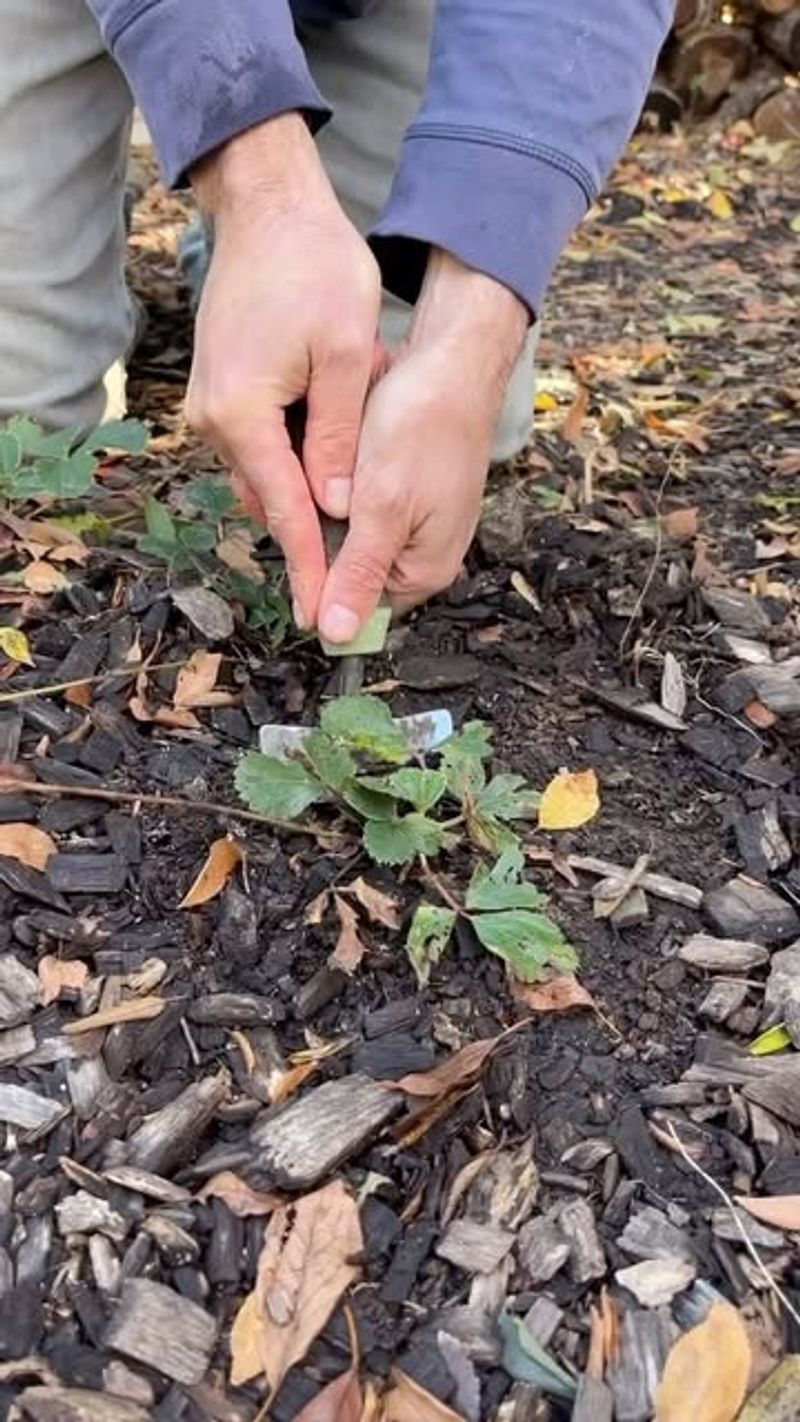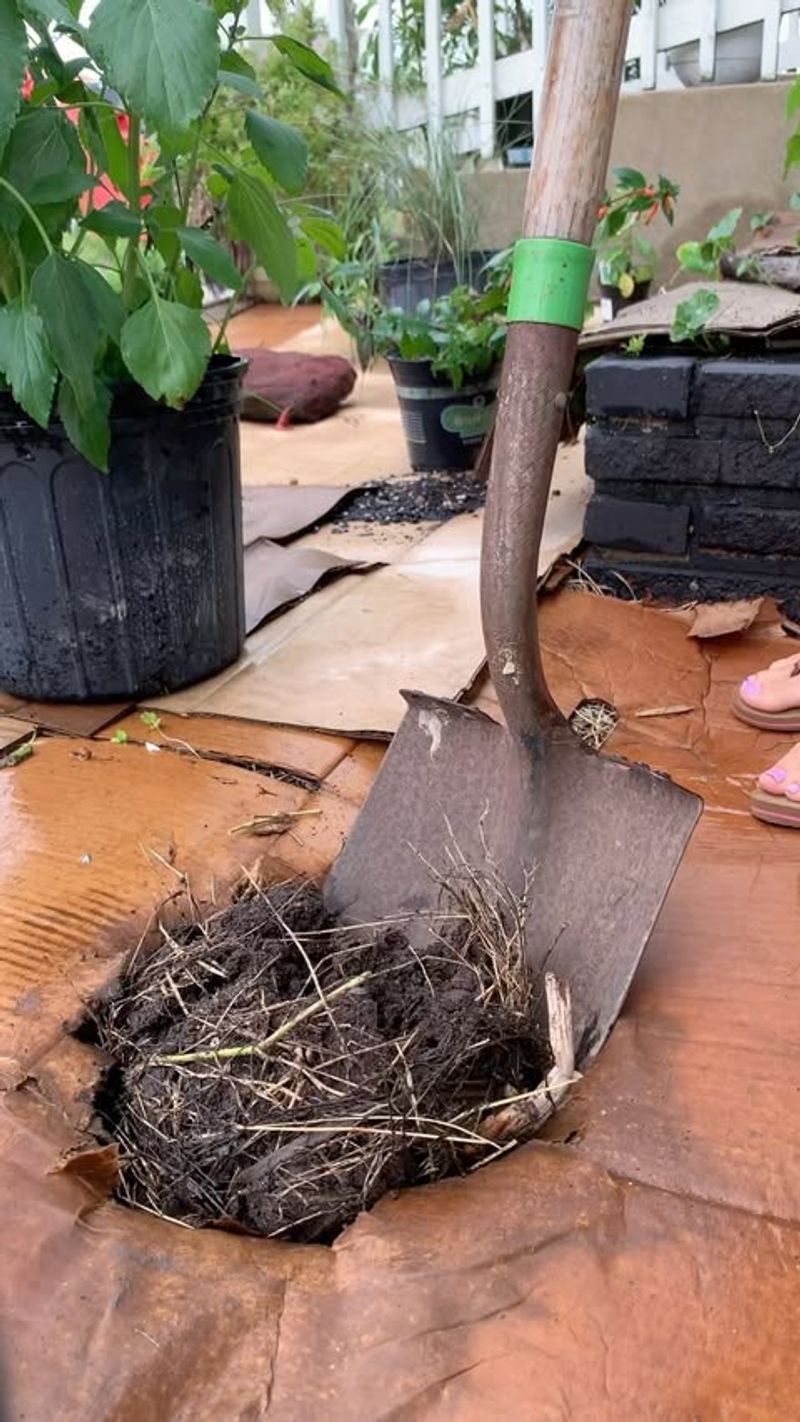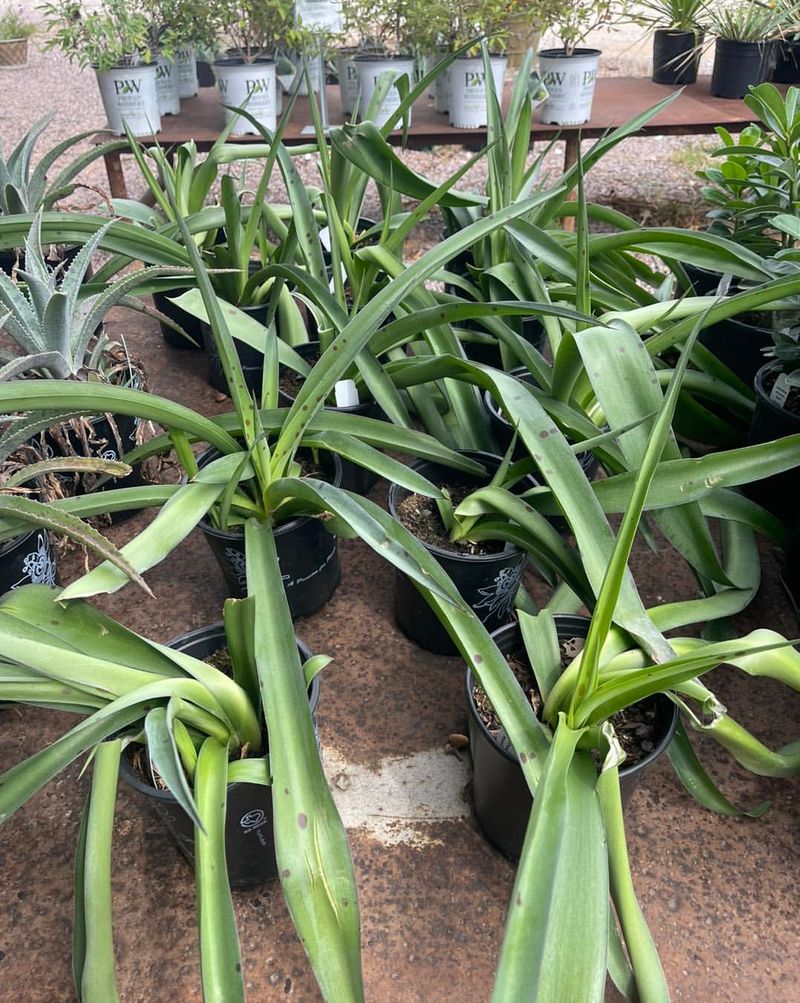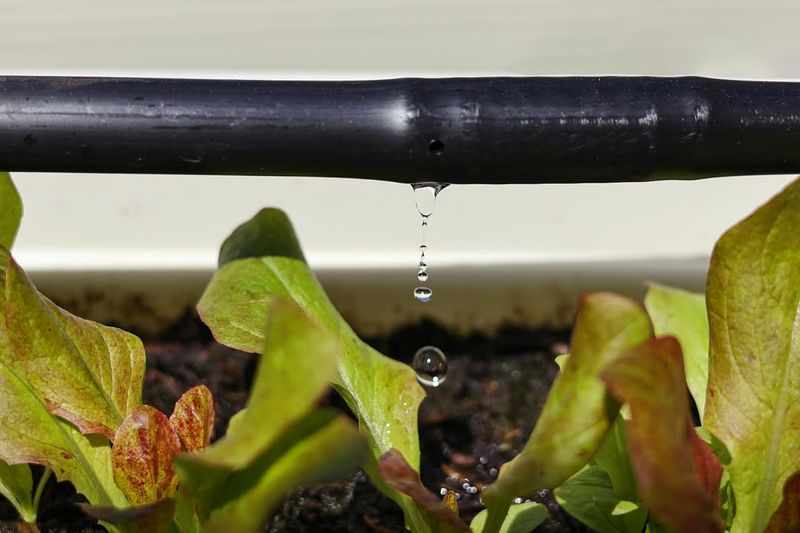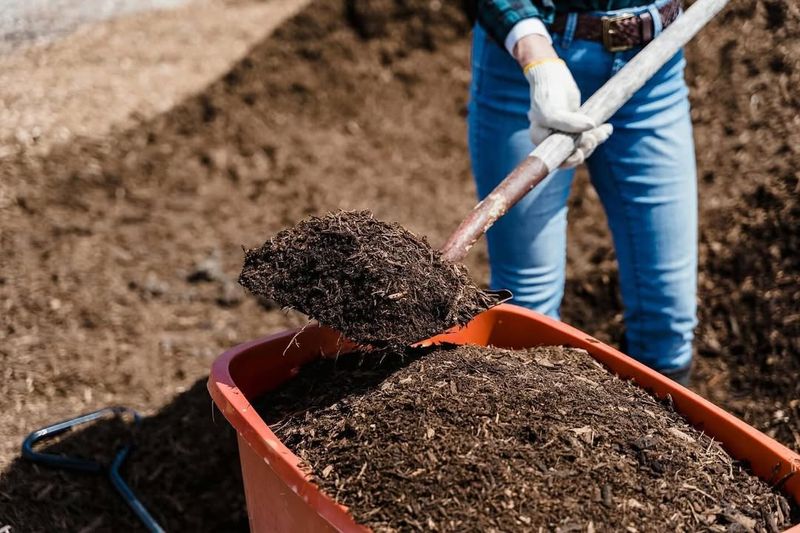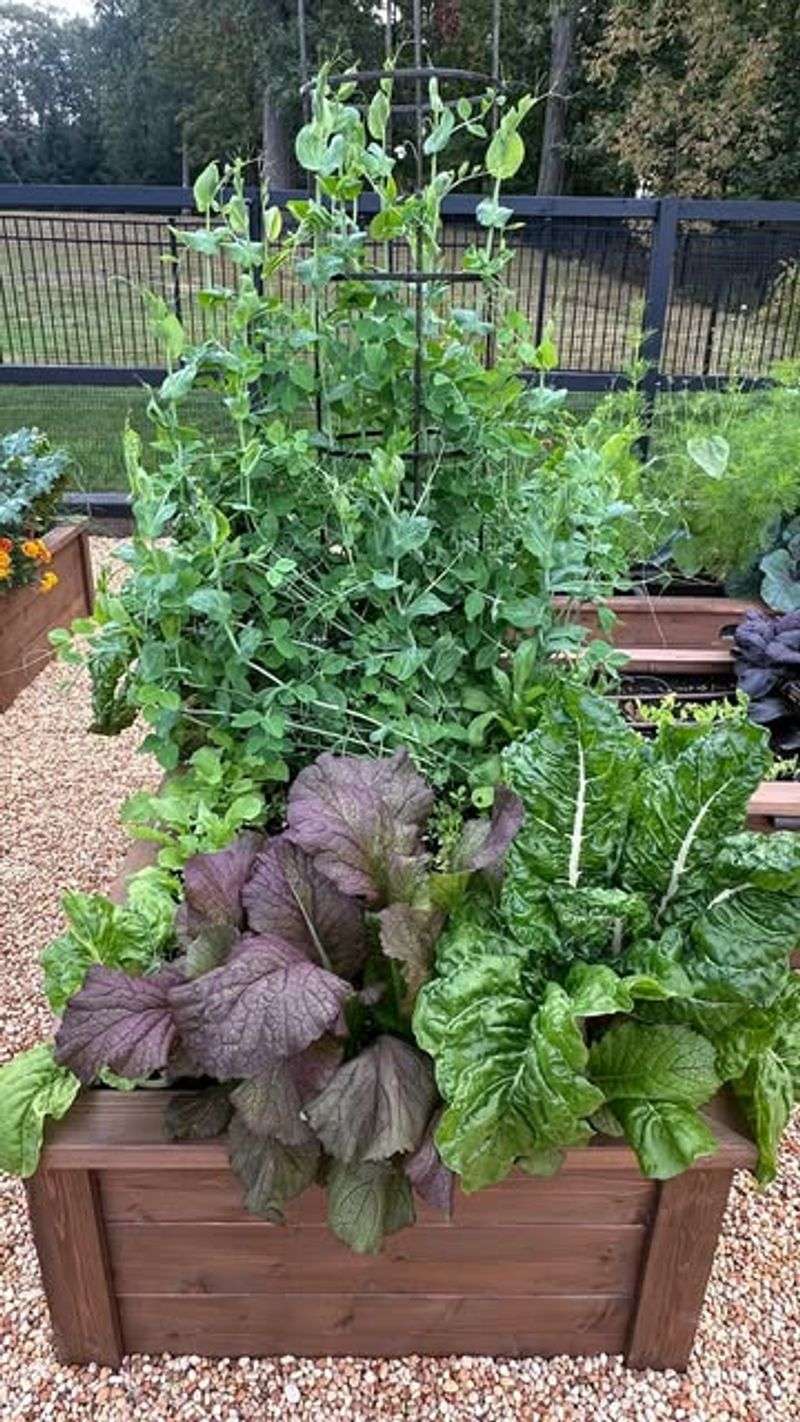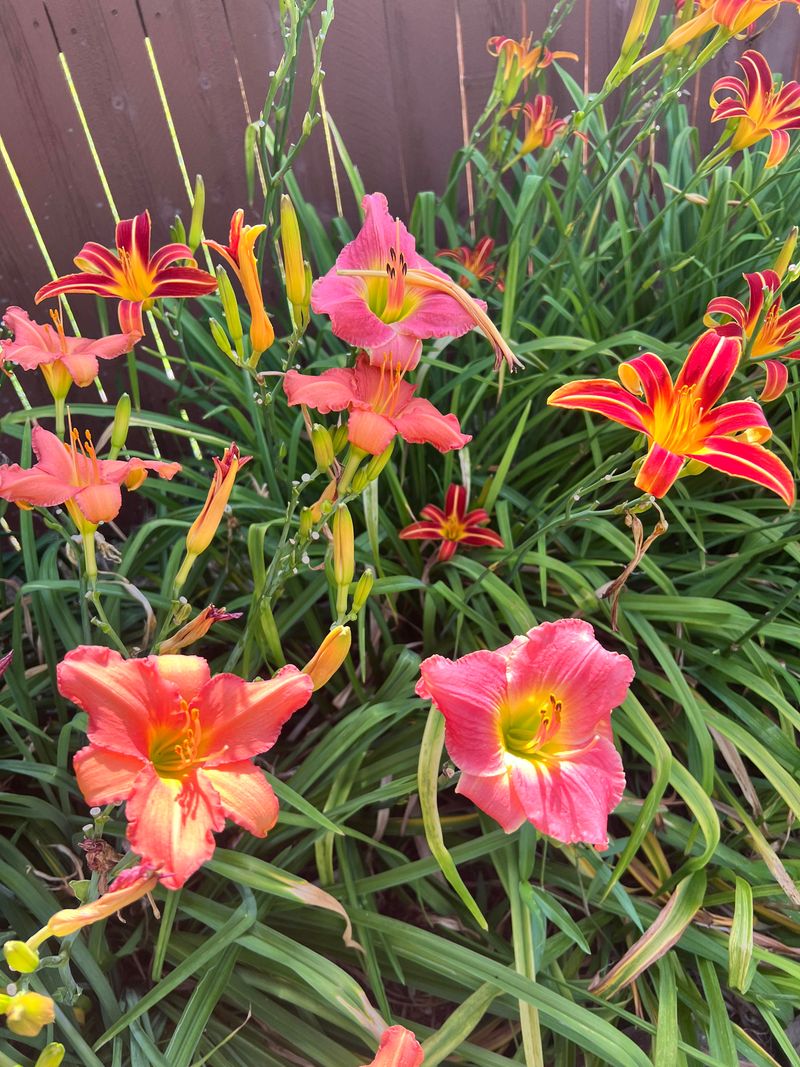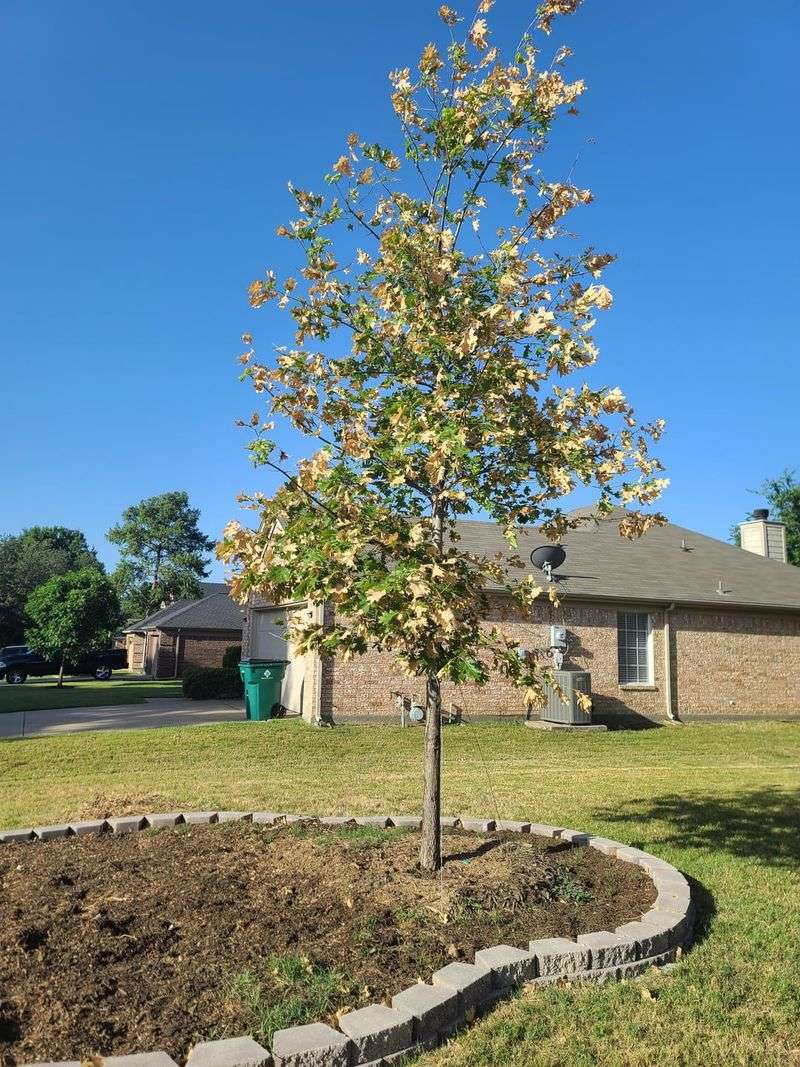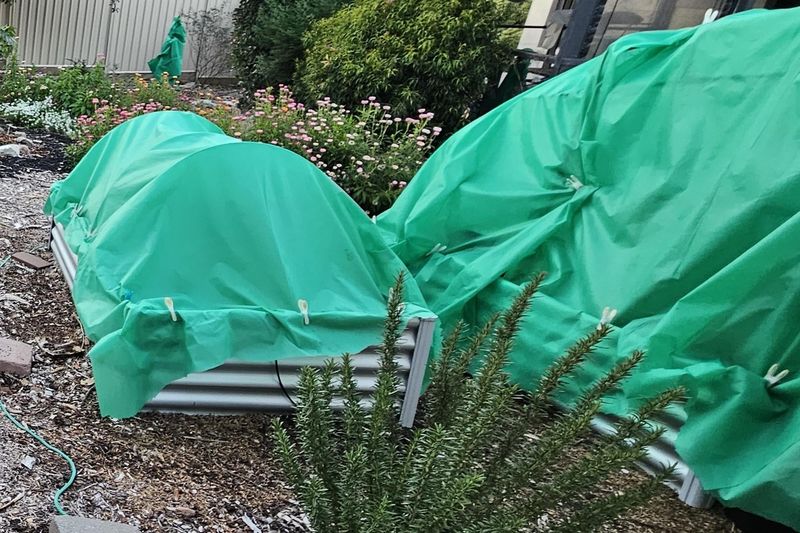Fall in Texas is the perfect season to refresh your garden, and planting or transplanting now can make all the difference. The cooler weather gives plants a head start for spring growth.
With the right approach, your garden can thrive for years to come. These 10 tips will help Texas gardeners get it just right.
1. Know Your Texas Planting Zones
Texas spans multiple growing zones from 6b to 9b, affecting what and when you plant. Understanding your specific zone prevents disappointment and wasted effort.
Most North Texas gardens fall in zones 7b-8a, while South Texas enjoys the warmer 9a-9b zones. Check your county extension office for local planting calendars tailored to your region.
2. Time Your Transplants Perfectly
Mid-September through November offers ideal transplanting conditions in the Lone Star State. The soil remains warm while air temperatures cool, reducing transplant shock significantly.
Early morning or late afternoon planting protects both you and your plants from Texas heat. Give yourself at least six weeks before the first average frost date in your region for best results.
3. Prepare Your Soil Thoroughly
Texas soils vary dramatically from east to west. Add 2-3 inches of compost to improve drainage in clay soils common in East Texas, or water retention in sandy West Texas soil.
Gently work amendments into the top 6-8 inches without disrupting soil structure. A soil test from your local Texas extension office can pinpoint exactly what nutrients your garden needs.
4. Select Native Texas Plants
Fall-planted natives require less water and maintenance while supporting local pollinators. Texas sage, blackfoot daisy, and flame acanthus establish quickly when planted in autumn.
The Central Texas hill country boasts perfect conditions for many drought-resistant natives. Visit local nurseries rather than big box stores to find region-specific varieties already adapted to your area.
5. Water Strategically After Planting
New transplants need consistent moisture until established, even in fall. Create a small soil basin around each plant to direct water to roots rather than running off.
Many South Texas gardeners find that soaker hoses or drip irrigation conserve water while providing steady moisture. Water deeply once or twice weekly rather than frequent shallow sprinklings.
6. Apply Mulch Generously
A 3-inch layer of mulch regulates soil temperature and retains moisture through unpredictable Texas fall weather. Pine straw works wonderfully in East Texas, while cedar mulch resists the wind in West Texas plains.
Leave a small gap around stems and trunks to prevent rot. Mulch also suppresses weeds that compete with new plantings for nutrients, giving your garden a cleaner look through winter.
7. Plant Fall Vegetables Now
The Texas Panhandle’s cooler climate makes September perfect for planting spinach, kale, and carrots. These crops actually become sweeter after light frosts touch their leaves.
Broccoli and cauliflower transplants thrive when set out in early fall across most of Texas. Consider using row covers in North Texas to extend your growing season when unexpected freezes threaten.
8. Divide Perennials Carefully
Fall offers the perfect opportunity to divide overcrowded perennials like iris, daylilies, and ornamental grasses. The Hill Country’s rocky soil benefits from extra compost when replanting divided sections.
Water newly divided plants thoroughly in the East Texas humidity. Allow 4-6 weeks before first frost so roots can establish before winter dormancy begins in your part of the state.
9. Consider Tree Planting Timing
Fall gives trees a head start on root development before summer’s return. Oak varieties planted in November develop extensive root systems by spring in most Texas regions.
Avoid planting too late in North Texas where early freezes can damage new trees. Container-grown specimens typically establish faster than ball-and-burlap trees in our state’s varied soils.
10. Protect From Temperature Swings
Texas weather can shift dramatically in fall. Keep frost cloth handy for unexpected cold snaps, especially in the Panhandle and North Texas regions where freezes arrive earlier.
Temporary shade cloth helps new transplants during late-season heat waves common in South Texas. Watch weather forecasts closely and be prepared to protect new plantings from our state’s famously unpredictable conditions.

